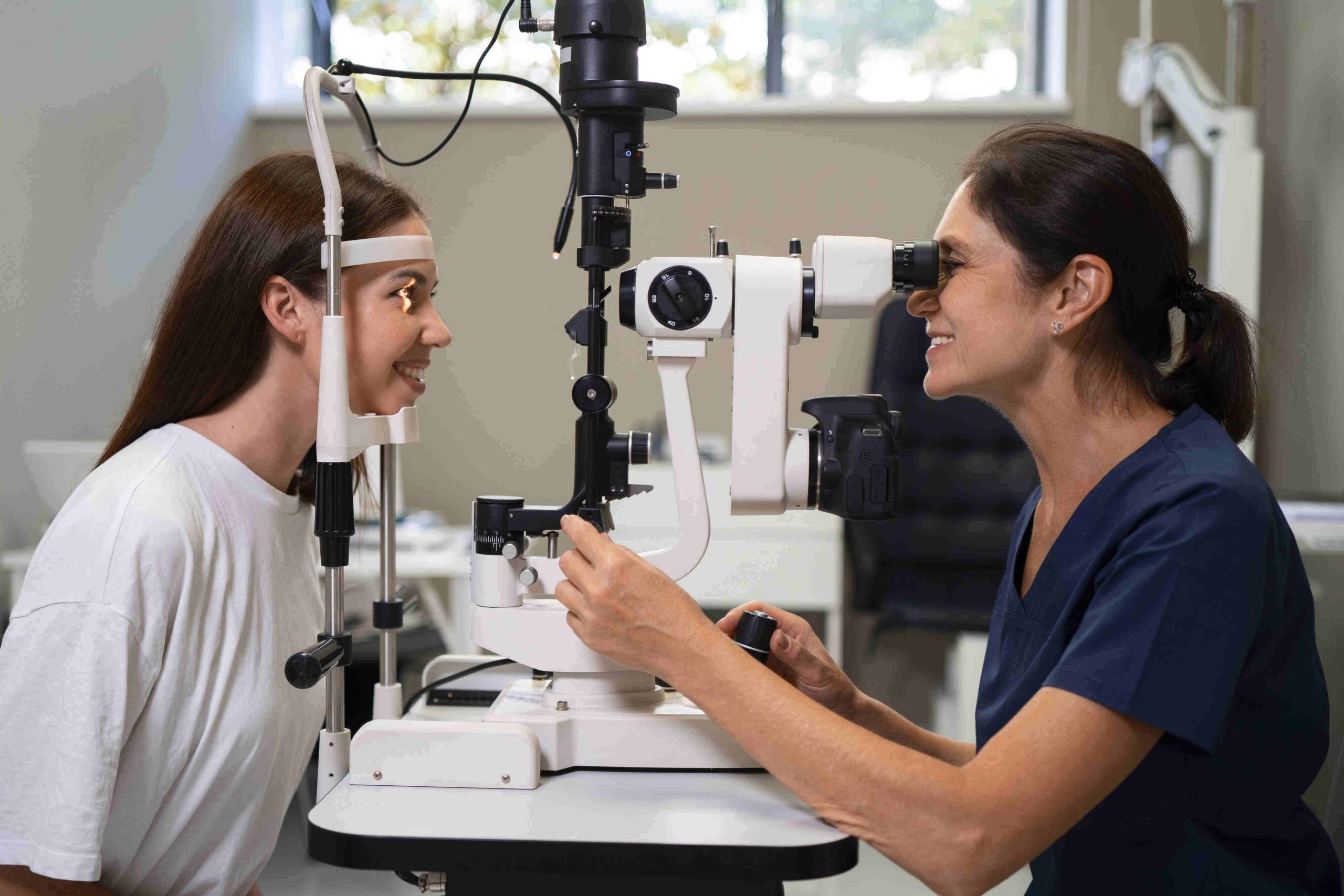When Eye Floaters Signal Danger: Act Fast to Protect Your Vision. Retinal detachment may seem like a rare eye condition, but it poses a serious risk—especially for those over 40, highly myopic individuals, or anyone with a family history of eye diseases. Once it occurs, every second counts. According to Consultant Ophthalmologists and Vitreoretinal Surgeons at Sunway Medical Centre, Sunway City (SMC), Dr Peh Khaik Kee and Dr Selva Raja Vengadasalam, early recognition and timely treatment are crucial to preventing permanent vision loss.
Understanding Retinal Detachment
Retinal detachment happens when the retina—the delicate light-sensitive layer at the back of the eye—separates from its normal position. Although painless, it is a vision-threatening emergency that can lead to blindness if not treated promptly. Dr Peh likens the retina to a camera’s film, responsible for capturing visual images. Over time, the eye’s vitreous gel naturally shrinks and may tug on the retina, causing tears. When fluid seeps through these tears, it lifts the retina and triggers detachment. “Don’t wait until a shadow reaches the centre of your vision, as this can reduce your chances of visual recovery,” he warns.
Early Warning Signs You Shouldn’t Ignore
One of the earliest signs of retinal detachment is the sudden appearance of floaters—tiny specks, cobwebs, or “mosquito-like” shapes drifting across your vision—often accompanied by flashes of light. A sudden increase in floaters or flashes, particularly at the edge of your vision, should be treated as an urgent red flag. Another alarming symptom is the presence of a dark shadow or curtain creeping over your sight, which may indicate that the retina has already begun to detach. Dr Peh stresses that patients may still retain functional vision if the macula (the central part of the retina) remains intact, but once it detaches, the chance of full visual recovery drops dramatically.

Who Is at Risk?
Retinal detachment is more common than many realise, affecting approximately 7 to 14 out of every 100,000 people globally. According to Dr Selva, it is primarily caused by structural changes in the eye rather than lifestyle or diet. Those at higher risk include individuals over 40, people with high myopia, those with a family history of retinal conditions, or anyone who has experienced eye trauma or previous eye surgery. “It also tends to occur slightly more often in men, and I’ve observed a higher number of cases among the Chinese community, likely due to the higher prevalence of myopia,” Dr Selva adds.
Why Early Diagnosis Matters
While floaters and flashes are common, Dr Selva notes that only about 5–10% of these cases involve an actual retinal tear. This makes it vital to undergo a dilated eye examination by a retinal specialist to determine if treatment is required. He also recommends follow-up checks within two to three months after symptoms appear, as retinal tears can sometimes develop later during this period when the vitreous is actively pulling on the retina.
Treatment and Recovery
If a retinal tear is detected early, it can often be sealed with a simple laser procedure called photocoagulation. However, once the retina detaches, surgery becomes the only effective treatment. Depending on the severity, patients may require vitrectomy or scleral buckling—microsurgical procedures that reattach the retina and restore vision. “Modern vitrectomy now uses instruments as small as 0.5 millimetres, similar to keyhole surgery, resulting in smaller incisions and faster recovery,” says Dr Selva. In some cases, a gas bubble may be inserted into the eye to press the retina back in place, and patients may need to lie face-down for long periods each day during recovery.

Prognosis and Long-Term Outlook
The success rate for retinal reattachment surgery ranges between 80% and 97%, depending on how early treatment is received. “If the macula remains attached, patients can often regain full visual function. However, if it has detached, about 70% can still recover sufficient sight for daily activities, including driving,” explains Dr Peh. Many patients will eventually develop cataracts within two years of surgery, but this can be corrected with a standard cataract operation to further enhance vision.
Act Early to Save Your Sight
While there is no supplement or medication that can prevent retinal detachment, early detection and intervention remain the most powerful tools in protecting your eyesight. “Screening is Seeing! The earlier we detect and treat a retinal tear or detachment, the better the outcome,” urges Dr Peh. Dr Selva echoes this message: “Retinal detachment surgery isn’t about improving your vision—it’s about saving it. If you experience sudden floaters, flashes, or vision changes, seek specialist care immediately.”
Sunway Medical Centre, Sunway City, through its Sunway Eye Centre, offers comprehensive services that include routine eye screening, advanced retinal surgery, and long-term follow-up care. As Malaysia’s largest private hospital, SMC has earned all three major international healthcare accreditations—Joint Commission International (JCI), Australian Council on Healthcare Standards (ACHS) International, and the Malaysian Society for Quality in Health (MSQH). In recognition of its excellence, SMC has also been ranked among Asia’s Top Private Hospitals for Eye Care by Newsweek, reaffirming its position as a trusted destination for world-class ophthalmology services.
